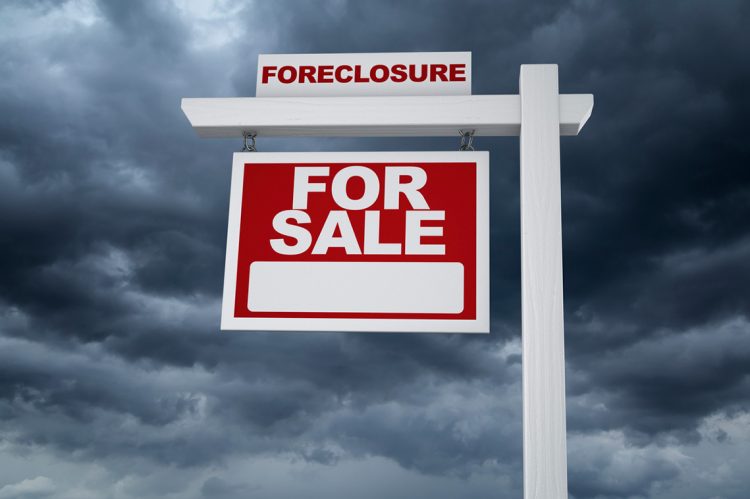The zombies are coming! Well, not exactly, but the number of zombie properties increased slightly in the first three months of 2023, according to a new report from ATTOM Data solutions.
75% of Buyers and Sellers Choose Responsive Agents
In this guide, top agents share 25 valuable tips on working with clients, from the first call to closing the deal. Learn more.
Business Tip of the Day provided by
Categories
The Most Important Real Estate News & Events
Click below to receive the latest real estate news and events directly to your inbox.
By signing up, you agree to our TOS and Privacy Policy.













